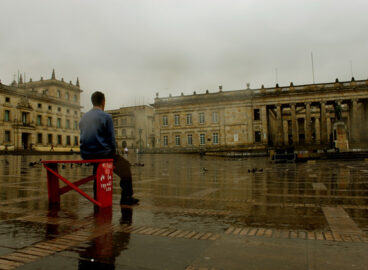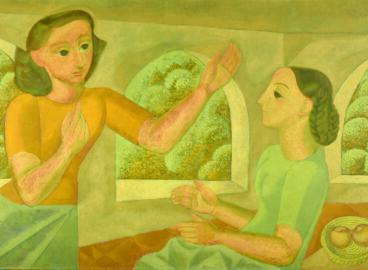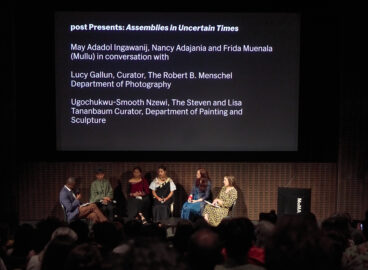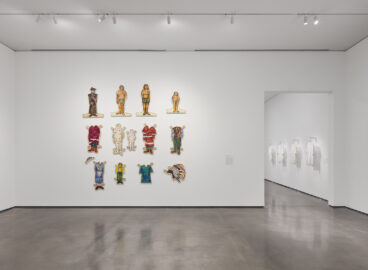“In your practice, how do you approach the challenges that arise when presenting art from contexts that are not familiar to your audience?”
With the dominance of the biennial model and the aggressive globalization of art institutions, such a question is as pertinent to a curator as it ever was. On October 25, 2016, post sat down with a group of twelve curators from diverse institutions across the world to ask how he or she approaches the presentation of unfamiliar work to their local audience.
As you can see in the interviews below, answers varied. Emiliano Valdés, James Muriuki, Jeannette Plaut, and Sebastian Cichocki all speak about art’s universal nature—its inherent ability to communicate across boundaries by speaking to fundamental human experiences. On the other hand, Hui He, Michelle Elligott, Paulina Bravo, and Oliver Kase emphasize how different methods of contextualization can be an effective tool to make work more accessible. Other curators, including Himanshu Kadam, Gridthiya Gaweewong, Diana Campbell Betancourt, and Sarah Meister, refer to the specificity of their local situation and the approach that they have learned to incorporate from that particular vantage point.
These interviews were conducted during the curators’ participation in the 2016 MoMA International Curatorial Institute, a two-week training program designed to help curators from diverse parts of the world develop leadership and management skills.





